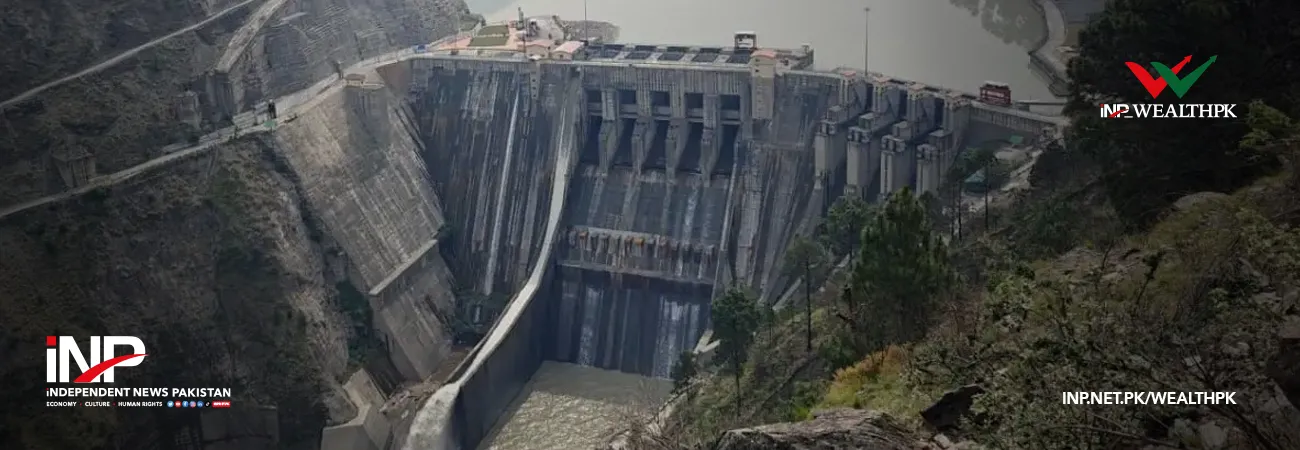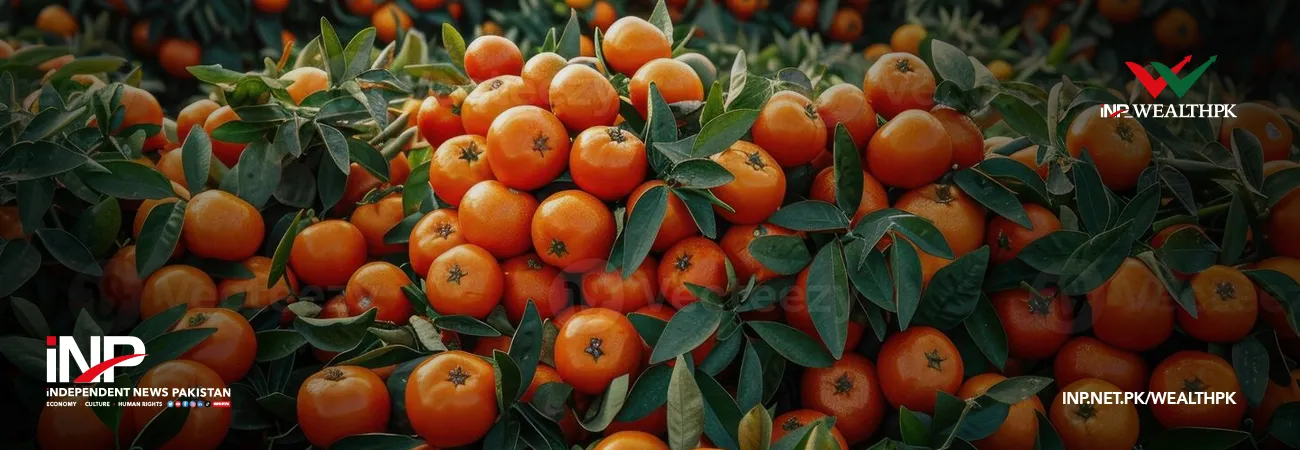INP-WealthPk
By Ayesha Saba ISLAMABAD, April 14 (INP-WealthPK): During the Kharif season of 2022, Pakistan may face a 22 to 30% water shortage for six months, from April 1 to September 30. The country had a nearly 28% water shortage during the Rabi season, which ended on March 31, 2022, according to The Indus River System Authority (IRSA). The IRSA advisory board met with officials from all provinces and Water and Power Development Authority (WAPDA) to discuss water availability projections, and also approved the Kharif 2022 expected water availability and reservoir operation criteria for the period from April 1 to September 30, 2022. Pakistan is expected to have 28-29 million acres feet (MAF) of water in early Kharif 2022. At the end of the sowing season, the country is expected to have 75-80 MAF of water available in its system. The Metrological Department officials informed the meeting that there was 15 to 20% less snowfall in the catchment areas which would have an impact on the water availability in the country. WAPDA issued its rivers flow and reservoirs level alert on April 4, 2022. It provided details of the position of the river inflows and outflows at Tarbela, Mangla and Chashma, along with measuring the level of reservoirs and the barrages. Deputy Director of Pakistan Council of Research in Water Resources (PCRWR) Saiqa Imran said while talking to WealthPK that the lack of long-term water policies for agriculture and economic activities enhances the inter-provincial issues on water sharing. “Lack of coordination among provincial and federal bodies to address water sharing among the provinces in acute weather conditions also causes issues,” she said. “There is a dire need to amend the existing water sharing formula and revamp the water management policies on provincial and district level,” she said. As per WAPDA report, the position of the river inflow and outflow at Tarbela was recorded 21,600 cusecs and 20,800 cusecs; River Kabul at Nowshera was 7,300 cusecs and 7,300 cusecs; Jhelum at Mangla was 31,600 cusecs and 40,000 cusecs; Chenab at Marala was 15,900 cusecs and 9,700 cusecs, respectively. At barrages, Jinnah inflow was recorded 25,600 cusecs and outflow 22,100 cusecs; Chashma 26,500 cusecs and 22,700 cusecs; Taunsa 26,100 cusecs and 26,100 cusecs; Panjnad 8,100 cusecs and 4,100 cusecs; Guddu 26,800 cusecs and 26,800 cusecs; Sukkur 26,300 cusecs and 8,200 cusecs; Kotri 5,500 cusecs and 100 cusecs, respectively. At reservoirs (level and storage), Tarbela had a minimum operating level of 1,392 feet, present level 1,392 feet, maximum conservation level of 1,550 feet, and live storage today 0.000 million acre-feet (MAF); Mangla had a minimum operating level of 1,050 feet, present level of 1,097.05 feet, maximum conservation level of 1,242 feet, and live storage today 0.322 MAF; Chashma had minimum operating level of 638.15 feet, present level of 638.15 feet, maximum conservation level of 649 feet, and live storage today 0.000 MAF. Temperatures had begun to rise as of March 30, 2022, but the most concerning aspect was that the water flows had not improved. Since February 24, 2022, the Tarbela Dam and Chashma Barrage have been on the river, and Mangla's reservoir has just 0.379 MAF water in it.













